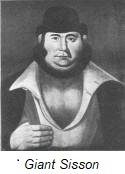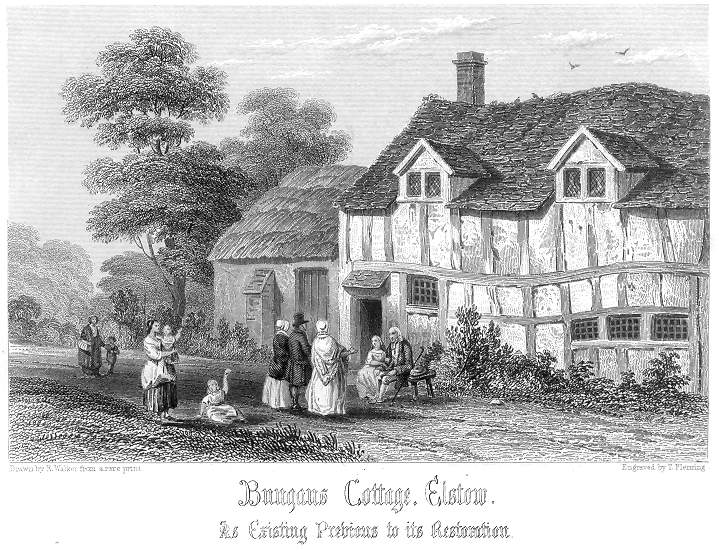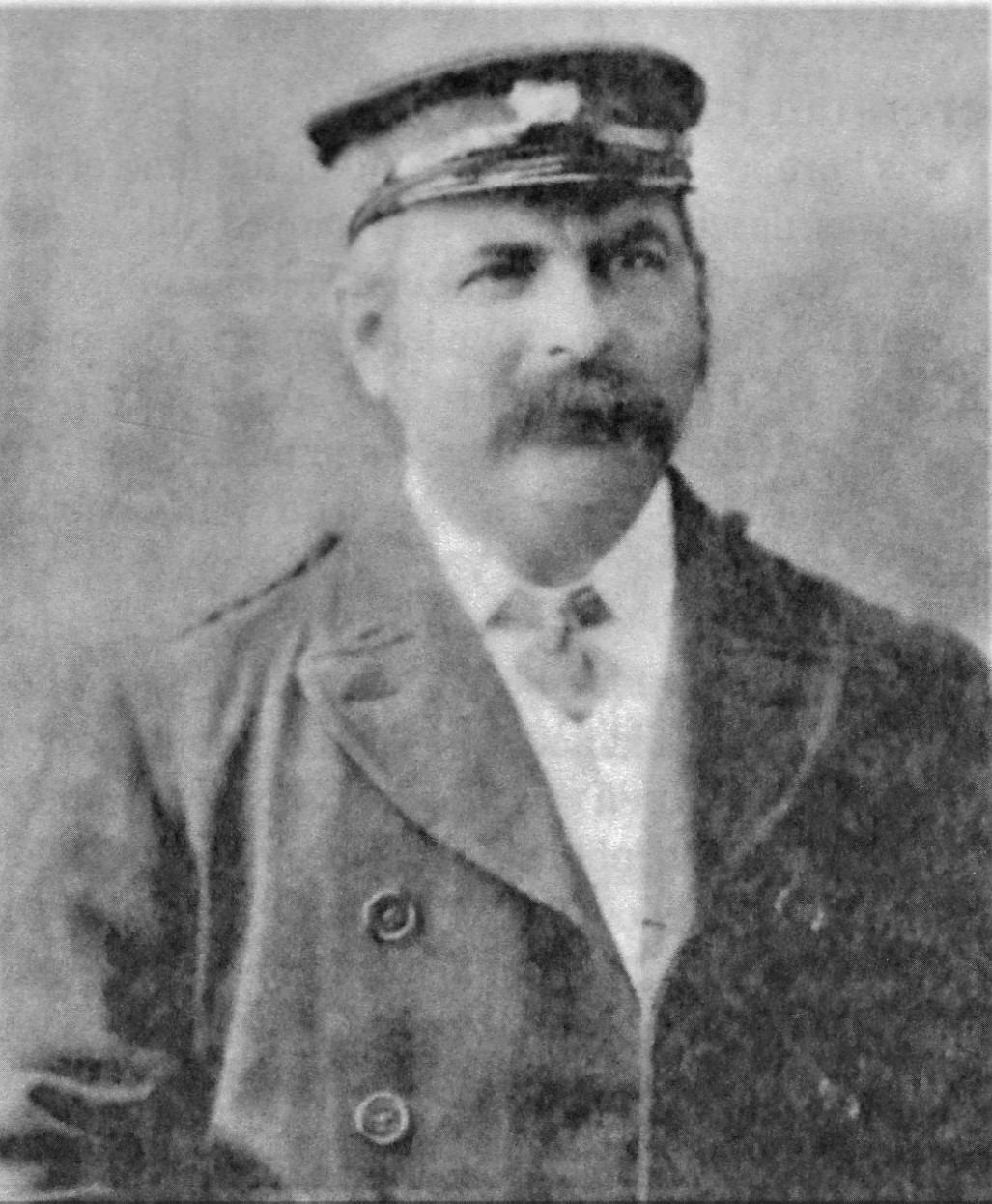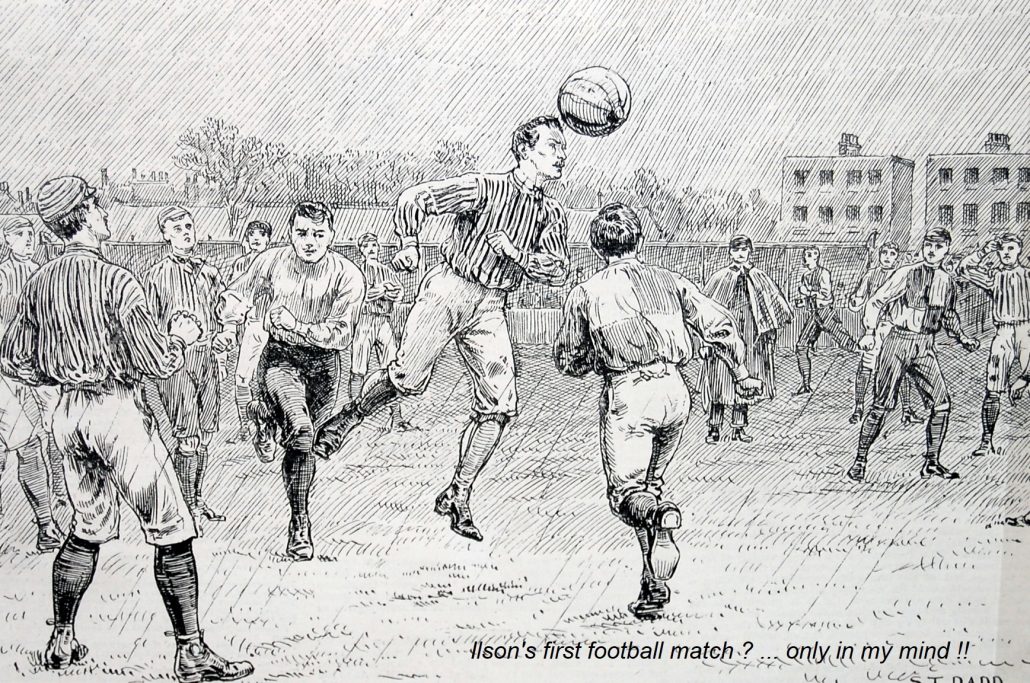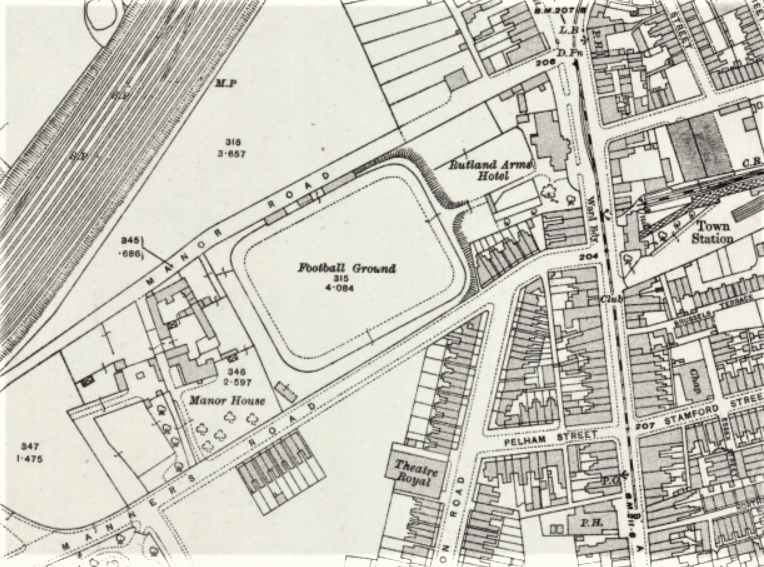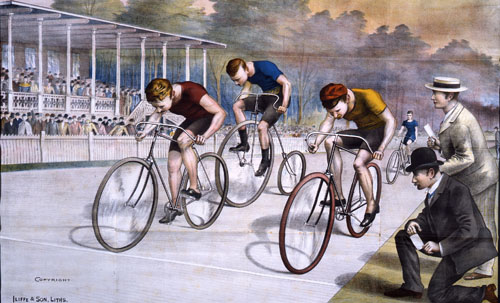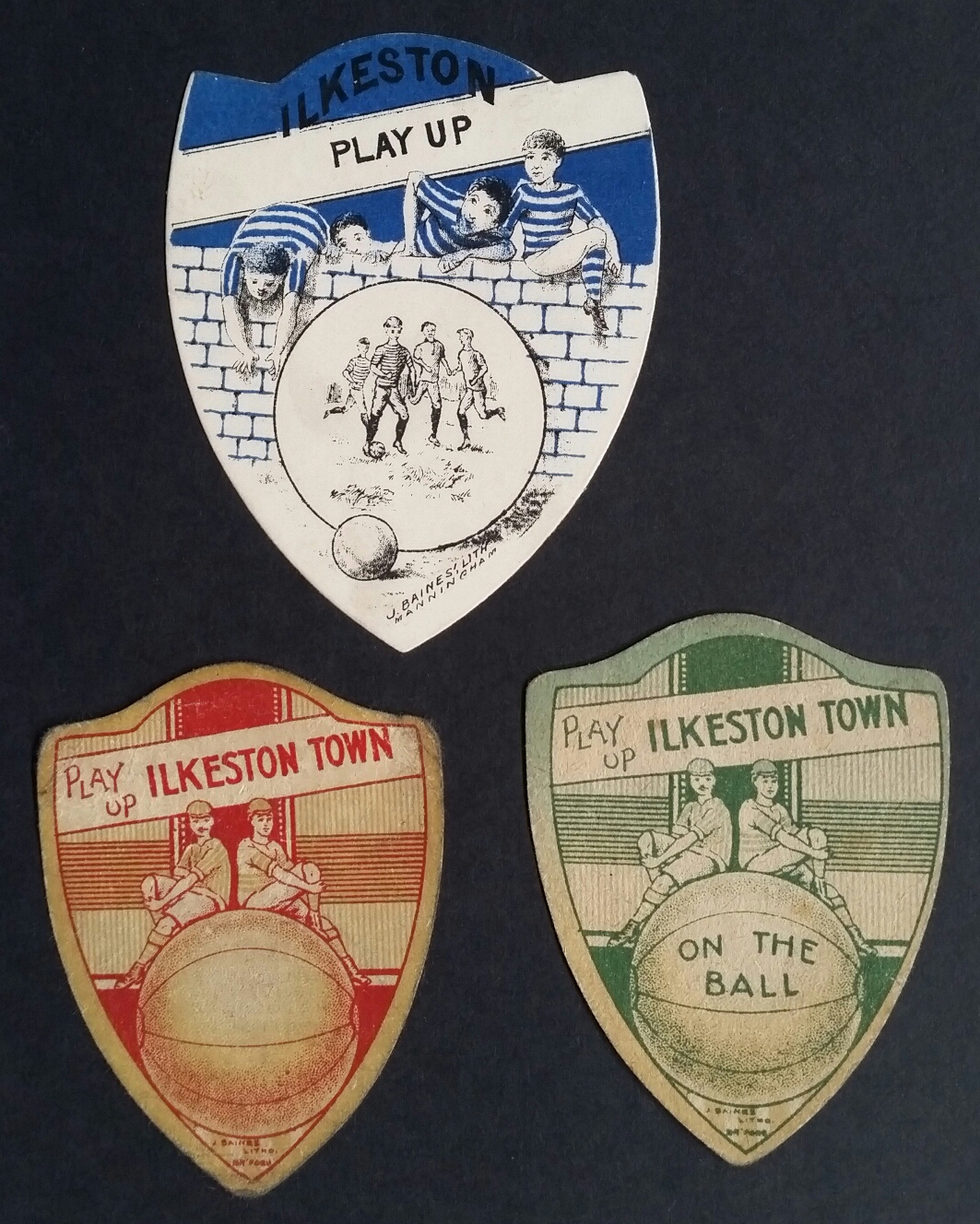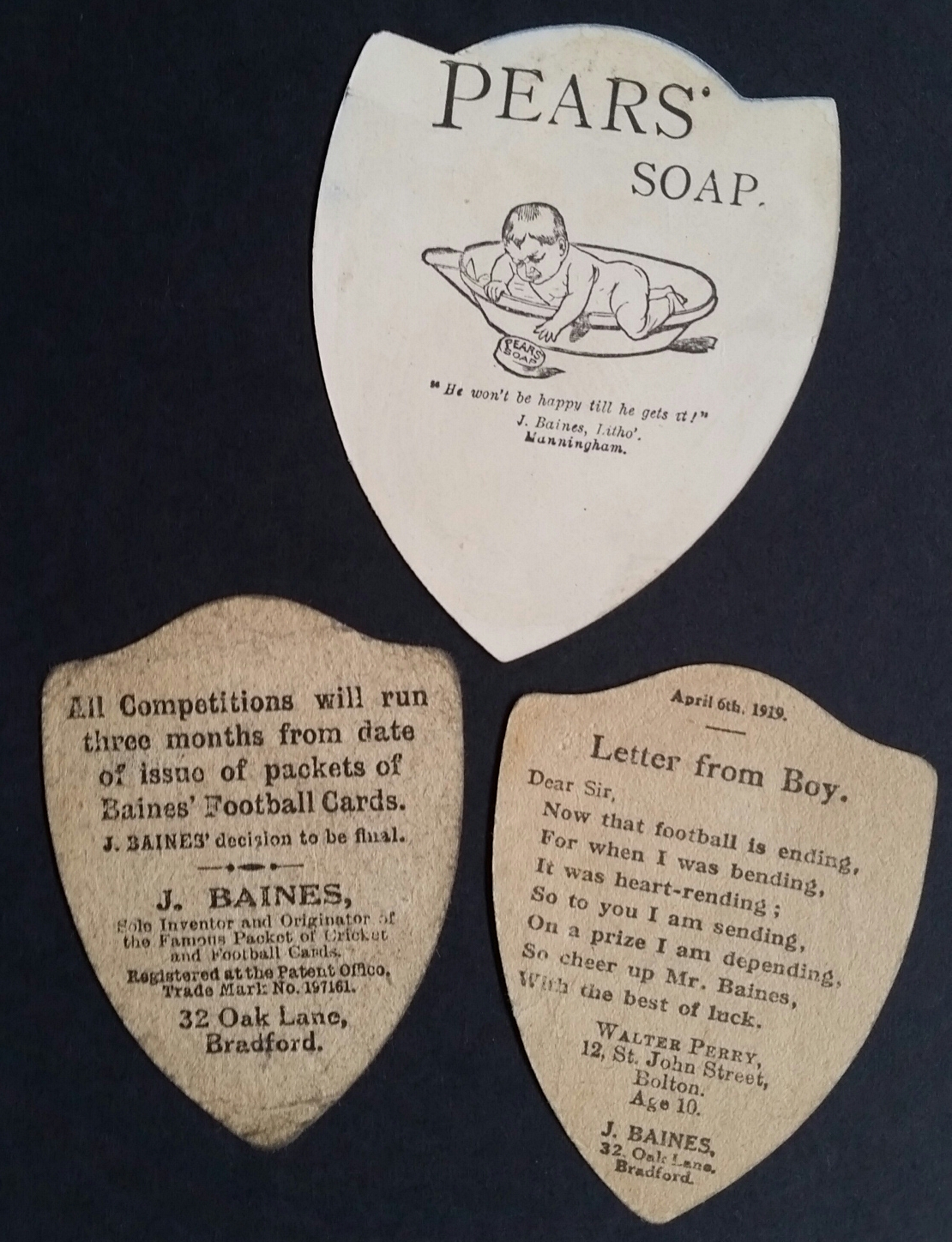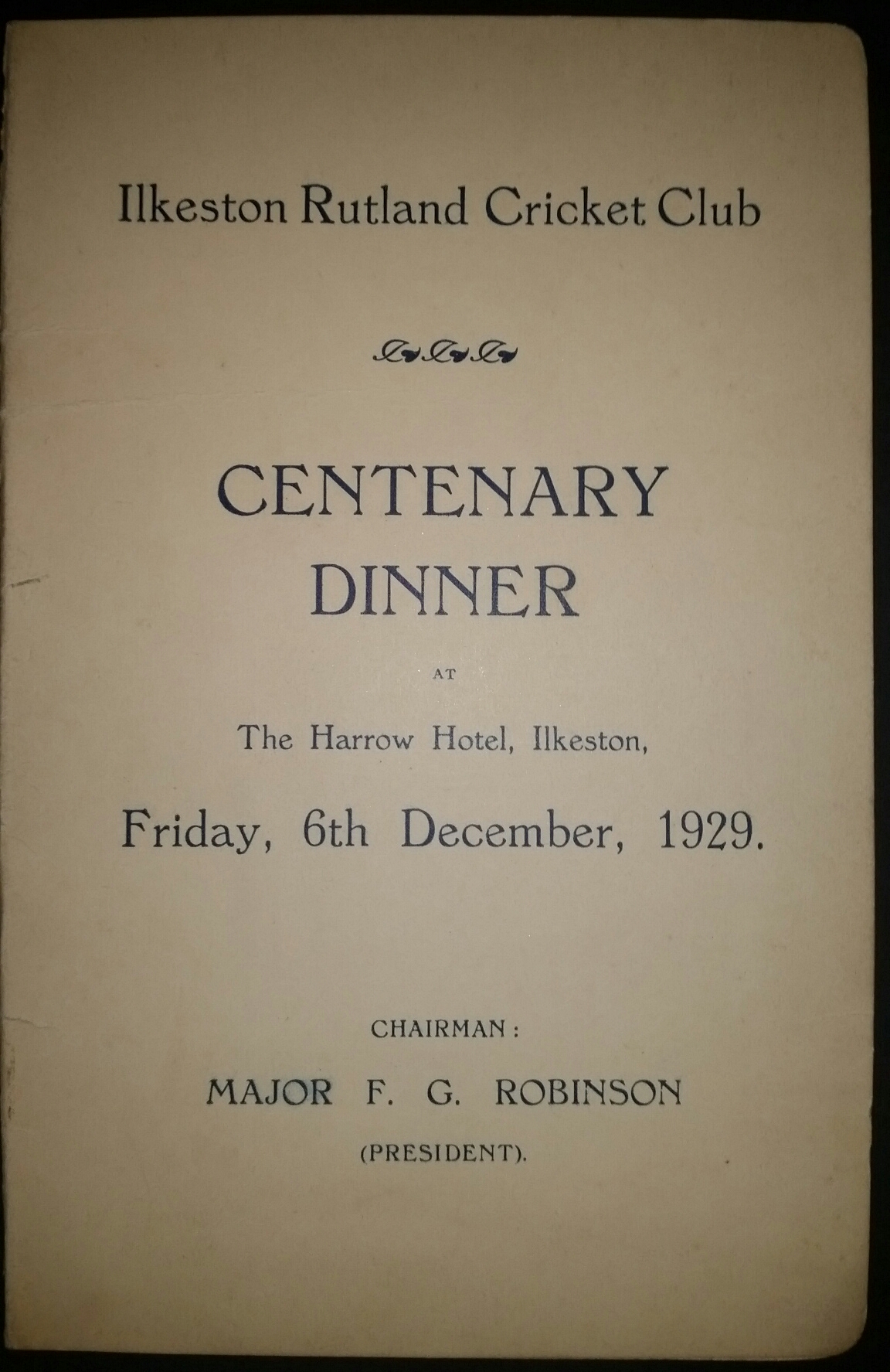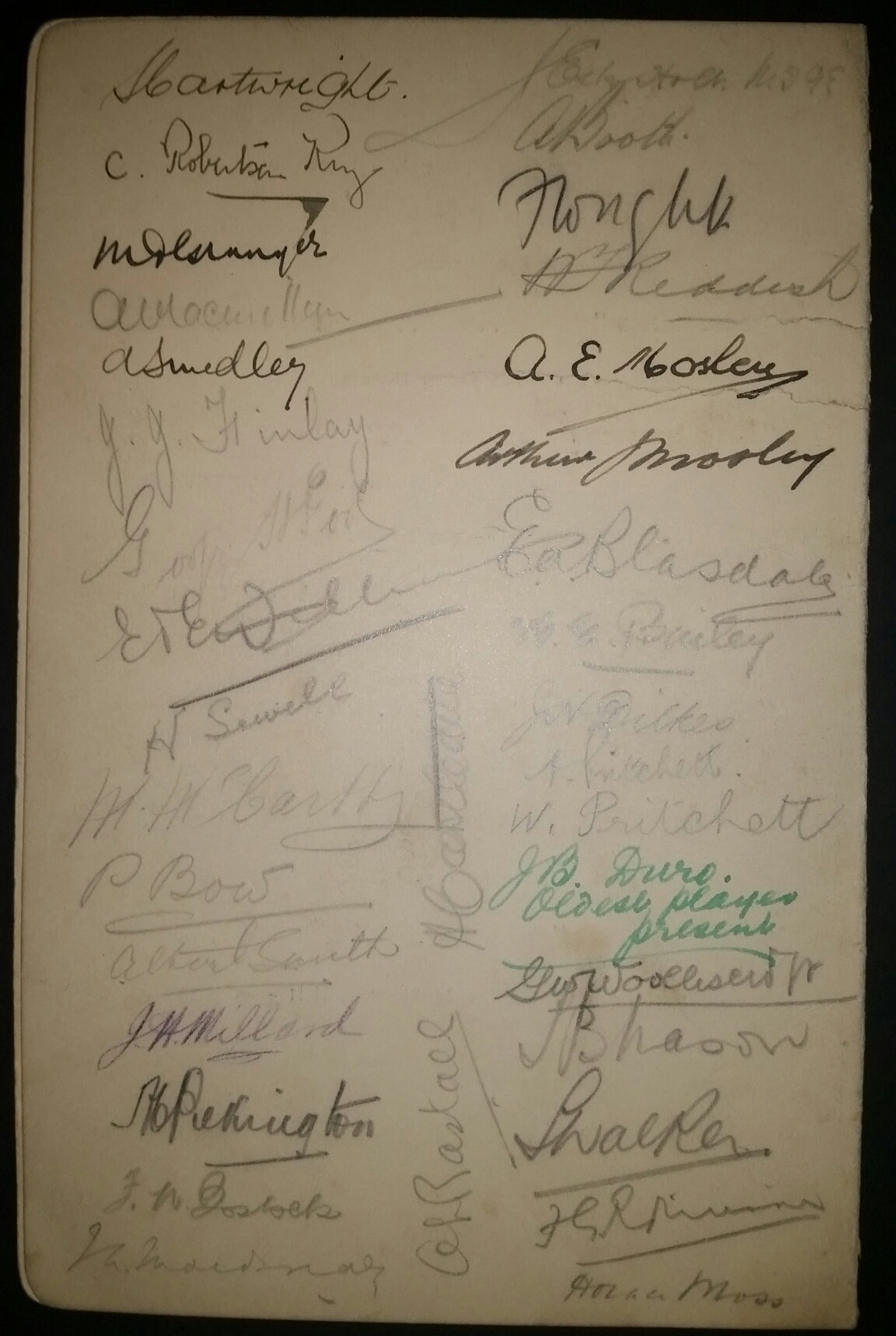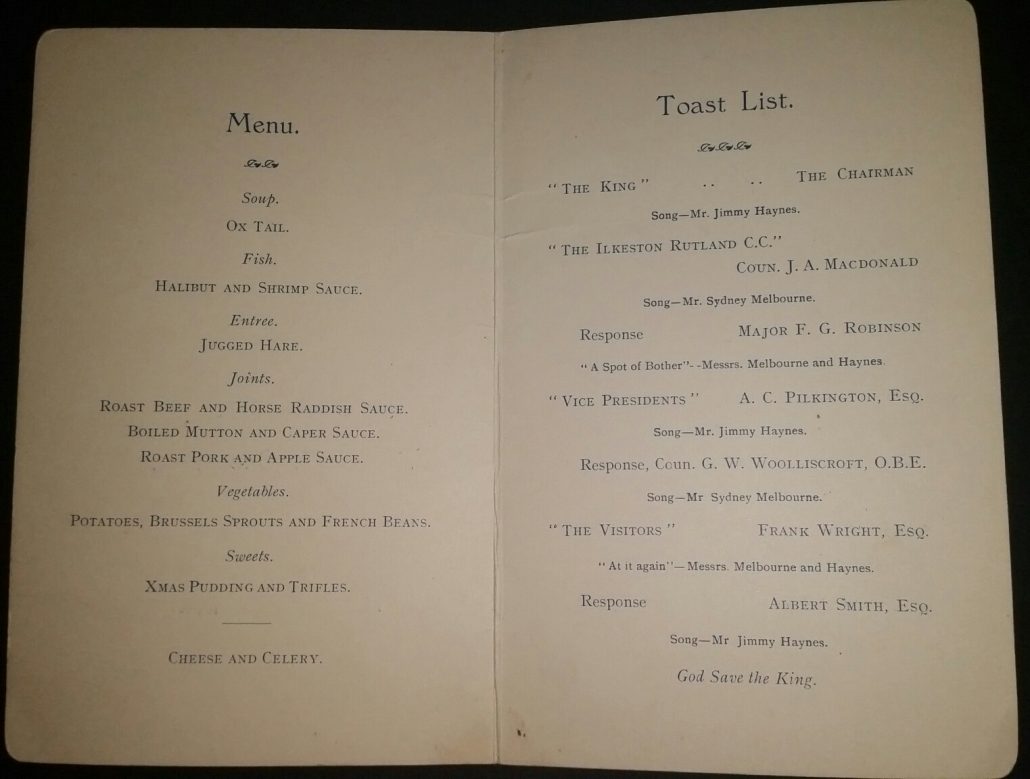Ilkeston Mechanics’ Institute.
At an evening public meeting at the Town Hall in November 1879, attended by over 400 Ilkeston ratepayers and chaired by Matthew Hobson, Herbert Tatham proposed the motion that the Public Libraries Act of 1855 should be adopted by the Local Board. This would allow the Board to set up and manage a public library and help finance it by levying an increase of 1d in the local rates.
This didn’t go down well with large sections of the audience.
“We want better water before books!”
“Let them as want books buy ‘em!”
“You’d make us all pay for a few!”
“Bosh!”
“Ridiculous!”
The alternative was to establish a Mechanics’ Institute at Ilkeston, free of Board control and financed by its members not by Ilkeston ratepayers, “where men of all creeds could meet together on a common basis, and learn that which would make them better members of society and better citizens” (William Wade).
Herbert’s motion was seconded by Edwin Trueman though opposed by Cotmanhay butcher Alexander Sisson and Club Row coalminer William Lee Page. Reluctant to see any increase in local taxes, the ratepayers voted decisively to reject the motion – less than a dozen voting in favour (according to the Pioneer’s calculator).
The issue of a Mechanics’ Institute arose in late September 1880 when a public meeting at South Street Schoolrooms was held where it was decided that such an institute for mechanics and working men generally be formed, on a unsectarian basis, and a committee be agreed to get the affair in working order. In the Chair at this meeting was the Rev. John Fleming of the Independent Chapel in Pimlico. John Ralph Melland Thompson, mechanical engineer, proposed the formation, a proposal which was seconded and passed unanimously. John Carrier, draper, then proposed that a suitable premises be rented, unconnected with any religion, to accommodate the institution, again seconded and passed unanimously. A committee was then set up; this included Messrs Fleming, Thompson and Carrier, as well as the Rev. Arthur Charles Perriam of the Baptist Chapel, Charles Woolliscroft, draper, Thomas Ball, pork butcher, William Winterburn, boot and shoemaker, and William Lings, colliery agent.
Thus, again in October 1880, at the previously agreed Town Hall meeting, chaired by William Wade, the virtues of such a society were extolled by local residents and guest speakers. … a place where men of all creeds could meet together on a common basis for social interaction and quiet reflection, away from the lures of the nearest public house, providing a means for continuing and improving education, by the establishment of classes and the hearing of lectures, or the cultivation of hobbies … it was an excellent thing to ban politics from these meetings as there was something higher — the advancement of social life and a study of the sciences. Difficulties had been encountered in finding suitable unsectarian and non-political rooms for the society, so the search went on…. but not for long.
Herbert Tatham’s contribution to this meeting was to suggest the formation of a debating society in connection with the institution, of benefit to all but perhaps especially to local preachers “who might thereby learn more of the grace and style of polished oratory, and so mitigate the torture which was sometimes experienced in listening to men who had been deprived of opportunity of improving themselves”. And he came back to his desire for a library. A Mechanics’ Institute without one would be like ‘Hamlet’ without the character of the Prince of Denmark. To him the love of books compared to no other ‘amusement’, far better than either gardening or any other hobby that he could think of. (Applause)
No women were in the audience of this meeting although Mechanics’ Institutes were open to both sexes.
At this time there was one reading room in Station Road, opened in September 1878, a meeting place of the Church Institute — until 1882 called the Church Mutual Improvement Society — staunchly Conservative in politics and Anglican in religion. Within a couple of weeks of the Town Hall meeting premises had been found for the Mechanics Institute, belonging to Paul Hodgkinson, also in Station Road and directly opposite those occupied by the Church Mutual Improvement Society. This was possibly at 54 Station Road, the home of J.R.M. Thompson who had been married to Paul’s daughter before her death in 1878. Coincidentally, at this time, the CMI Society had applied for the lease of a piece of ground on the old Cricket Ground in order to build a Meeting Place and caretaker’s home for its meetings.
The Institute’s Reading Room was opened on November 1st 1880 … it was now hoped that it would have more success than the previous Institute, opened about 20 years previously, and the Working Men’s Club established ‘some years’ before; both had ‘collapsed’. In the following month the British School in Bath Street decided to donate 200 books of a working men’s club, whose meetings were held at the school, to the Mechanic’s Institute. The library was officially opened in April 1881.
To raise funds for the newly-formed Institute, a rather novel experience for Ilkeston was suggested and enacted at the Town Hall on December 27th, 1880 … an exhibition of the works of the Ilkeston Art Class, supplemented by a collection of curiosities, and opened by Colonel and the Hon. Mrs. Newdigate of West Hallam Hall.
“Present at the opening ceremony was General Newdigate whose name will be remembered in connection with the Zulu campaign”. As for the exhibits, “the houses of the principal tradesmen of the town had been literally ransacked in the endeavour to form a collection at once unique and intrinsically valuable”.
As well as the works of the art class students and their master, Joseph Tyrer of Mansfield, the art collections of Messrs. Herbert and William Tatham, William Hewitt, William Sudbury, William Wade, Benjamin Wilson, Abbott Thurman, etc. were ‘raided’ to supplement the display.
The Woolliscroft and Raynes families supplied several pieces of their own work.
A portrait of ‘Giant’ Sisson was the focus of much attention. ‘Giant’ was the 22 stone Cotmanhay collier Thomas Sisson, born about 1781, married to Sarah (nee Smith) in 1805, died 1847, aged 66.
Interestingly, it was thought appropriate that numerous items of war memorabilia were worthy of inclusion in this ‘Art Exhibition’. Thus Paymaster-Sergeant Isasiah Severn brought along various items from his service in the Crimean War .. these included a blood-stained sword, taken from a Russian soldier, immediately after it had been used to cut down an old school-fellow, and native of Ilkeston, German Burrows, who died at the battle of Inkerman, 1854. The Russian was, in turn, cut down by Severn, and his hat and sword were carried away as trophies.
The curiosities included ‘antique’ china, ancient coins and an old £1 note;
the hand of a mummy and pieces of rock from the Holy Land (supplied by Dr. Armstrong);
oak taken from Bunyon’s house at Elstow (Victorian cultural vandalsim ?);
stuffed birds, ancient books, a copy of the Derby Mercury of 1824;
a great variety of moths (courtesy of Charles Woolliscroft and others).
Refreshments and musical interludes were also provided. (It appears that this was to become an annual affair as another one, held in similar circumstances and with the same impressive array of exhibits, was held on December 26th, the following year.)
In January 1881 Samuel Richards junior, architect’s assistant, son of Samuel and Martha (nee Mellor), was elected Secretary of the Institute, in place of John Ralph Melland Thompson, who had held the post temporarily.
In May 1881 came the first annual meeting of the Institute when all its officers were appointed/elected. …. President, William Wade; Vice-Presidents, Matthew Hobson, Dr, James Frederick Digby Willoughby, Dr. Robert Wood, Francis Sudbury, William Hewitt, and Herbert Tatham; Committee Members, Messrs Maltby, Woolliscrift, Lawson, Clemerson, W.Fletcher, W. Winterburn, J.B.Slack, W.Lings, J.Thompson, W.Ball, and Rev J.Fleming. Architect George Haslam was elected Secretary.
In July 1881 the Institute’s first railway excursion was a day out to Buxton, enjoyed by over 400 persons.
The Institution’s first public lecture, on November 23rd 1881, was heard in the South Street schoolroom, when Frank Curzon, Secretary of the Yorkshire Union of Mechanics’ Institutes, informed and amused his audience on “Our Faces and how we came by them”.
At this time the curate-in-charge at the Parish Church, Dr. Greenfield, made it clear that the Church Mutual Improvement Society and the non-sectarian Mechanics’ Institution were not two opposing institutions but occupied perfectly distinct spheres of usefulness.
However, to others, it was clear that the newly-formed Institution was not non-sectarian and was certainly not non-political — why else did it give most of its advertisements to the new Radical newspaper which had just opened in Ilkeston?
That newspaper had begun on July 9th 1881 and was the Ilkeston Advertiser and Erewash Valley Weekly News, Liberal in politics and nonconformist in religion.
In February 1882, just after the Church Mutual Improvement Society had opened its membership to non-conformists, it was suggested by Colonel Newdigate of West Hallam — who had an interest in both societies — that the two should amalgamate as they seemed to him to have common interests. This suggestion was rejected by the Church society.
August 1882 … and off we go !! The second Annual Institute Excursion. The destination this year is Hunstanton, on the Norfolk coast, a town gaining in favour with the visitors to the east coast. The train set off early from Ilkeston station, stopped at Colwick to pick up a disappointly few Nottingham members, and sped on merrily to Pinchbeck. There a short stop to allow passengers an opportunity to stretch their legs — some of them pushing their luck, such that the departing train had to stop again to scoop them up. All aboard, and once more on their way … a short stop at Spalding, another at Lynn, where the fine docks were much admired … and then on, through the purple heather, the vast Wash on the left, hills on the right, and an invigorating breeze blowing from the front, keeping everyone alert …. and Hunstanton at last !! The passengers then dispersed to seek out their preferred attraction. What would it be ? A rather rough sea to provide exciting, enjoyable bathing ? Amusement on the sands ? A walk along the water edge and then back to town on the cliffs, with a brief stop to admire the Lighthouse where a civil workman lucidly explained the workings of the lantern ? An examination of the town itself, or its pier, both marked contrasts to the neighbour and more boisterous rival Skegness ? Not many of the group ventured to the nearby palace of Sandringham, and those who did found it closed to visitors.
Towards the end of the day the sun set over the sea, and the return to Ilkeston was safely accomplished shortly before midnight.
In December 1884 the Institute was responsible for the adoption of the Cambridge University extension scheme into Ilkeston, with an associated series of lectures, financed by the Institute. At the same time it was announced that funds were available for the creation of a technical college in Ilkeston if the working classes desired it.
The first lecture in connection with this new University scheme was given by Professor Ryan of Nottingham University College and was entitled “Electricity” , and Henry James Kilford (architect and town surveyor) assisted with some of the Professor’s demonstrations. The audience numbered about 150 — including many ladies !!
Henry James Kilford in his role as Captain (1884-1914) of the Fire Brigade.
Three years after its formation the Institute had increased its membership to nearly 200, and had a Debating Society, a Dramatic Society, and a Football Club, as well as arranging well-attended and regular lectures. However it was in debt !! And by 1890, it was defunct.
But did someone say, a Football Club ??
———————————————————————————————————————————————————
Town football
In September 1882 the Ilkeston Advertiser announced the formation of Ilkeston’s ‘first football club’ under the auspices of the Mechanics’ Institute.
There was a call for recruits ‘from the local lovers of this exhilarating winter pastime’.
The club’s first fixture was away, on Saturday, October 28th, when the team ran out to face the Langley Mill Temperance FC, also playing their first game.
I’m not sure what formation had been adopted, as the Advertiser listed the following team…. C. Yorke in goal, J. Tilson back, F. Spencer and T. Riley at half-back, B. Howard and W. Roe right wing, J. H. Wood and S. Statham left wing, F. Paling and W. Shakspeare as twin centre forwards. (Yes, ten listed players) Fred Paling was on top form and most of the Institute’s five goals were down to his efforts. The Temperance FC managed one goal in reply.
In the club’s second fixture — away to Ironville Excelsior FC — Fred was again having a good game until approaching half time, instead of running into the penalty area, the fearless striker inadvertently ran into the adjacent River Erewash (not realising how close it was!!)
After being rescued he was escorted to a nearby house and to a change of clothing…. and sat out the rest of the game.
This time the ‘Mechanics’ seem to have played an orthodox formation of goal, two full backs, three half back and five forwards…. and both sides supplied an officiating umpire.
The score was 3-1 to the home side.
Fred’s early excursion into the Erewash river may seem bizarre and far-fetched but bear in mind that the game was played in late afternoon in early November on a thawing ground in poor condition after a frost. I remember a game I played for Chaucer Junior School on the Ashes at the bottom of Gordon Street/Rupert Street when I almost ended in the Erewash Canal.
These were the days of ‘go as you please‘ football, ‘off-side‘ only being known by reputation by the local clubs and not being put into practice. ‘Goal-sneaking‘ was the order of the day and many of the Mechanics’ goals were scored in that way. Their science of the game was crude and the zeal of players resulted in many unsportsmanlike tactics … tactics which resulted in a ‘win, draw or wrangle‘ mentality.
By March 1884 ‘Rambler’ in the Ilkeston Pioneer could note that ‘the increase now taken in the game of football is something marvellous, and there is every prospect that it will increase still further’ though the sensitive writer did have complaints to record.
‘The language used when a goal is disputed is occasionally more forcible than polite, and it not infrequently happens that a game ends in what is termed a ‘raffle’. A defeat usually means that the vanquished will either lodge an objection against the result, or they will persuade some biased reporter to attempt the task of explaining away the hateful victory’.
How the game has progressed!!
The new ‘Old Manor Ground’
Just over ten years after the town’s first football match, the Ilkeston Pioneer was able to announce the coming of ‘one of the best recreation grounds in the Midland Counties’ (May 19th 1893)
The project had started some months before but was now near to completion. “The situation of the new ground is the most convenient that could possibly have been selected, being within one minutes walk of both the Midland and Great Northern stations. Lying between the rear of the Rutland Hotel and the Manor House, the new home of sport is to be appropriately called the ‘Manor Recreation Ground’
The Manor Ground shortly after its completion.
The total length of the Ground was 130 yards, with a width of 115 yards, while the area set aside for football, cricket and other sports was 120 yards by 100 yards. (almost the maximum size of an English Premier League pitch).
And the original site wasn’t level !! So it had to be ‘adjusted’. The old pit hill in the south-west corner was removed and in all, at least 10,000 tons of soil were shifted. At the west end, the soil was dug out to a depth of 12 feet, while at the opposite end it was raised by 10 to 12 feet.
According to the Pioneer “the ground is being formed after the style of the Molineaux Ground, Wolverhampton, which is (thought) to be one of the best in the Kingdom”…. I presume this refers to the bowl shape of the Ground ….and, apart from the Wolverhampton and Stoke Grounds “the Manor’ will be the best known for accommodating spectators and giving them an uninterrupted view of whatever game may be proceeding. This is to be accomplished by the provision of a spacious embankmenton the north, south and west of the ground, capable of meeting the convenience of 25, 000 people”.
The newspaper continued to describe the proposed ‘landscaping’ … On the west boundary is a border ot trees, which will afford a shadyretreat in hot summer weather, and trees are also to be planted on the north and south boundaries. The east border will be ornamented with shrubs … there is plenty of room at the foot of the embankment for erecting seats; and the whole of the ground is to be enclosed with fencing of corrugated iron, eight feet high”
The public could access the Ground by the Manor Road entrance, while there was a private entrance from the Rutland Hotel Grounds.
Most of these features you can see on the map, above.
On September 9th, 1893 the new Recreation Ground was ‘baptised’ with a football match between Ilkeston and Matlock, Edwin Hall, councillor and victualler of the Rutland Arms, ceremonially kicking off. Ilkeston Town won by 9 -0. “A brass band paraded the town previous to the match, and afterwards played for dancing”
In the following year the Pioneer published its impression of the New Manor Ground (below), taken from a photo by A Seaman & Sons … a bicycle track had just been completed (“one of the most perfect in the country“) and it had hosted its first cricket match just a few days before.
The New Manor Ground, Ilkeston (Pioneer May 18th 1894)
The cinder cycle track was opened on May 9th, 1894 during ‘inclement weather’ and before a sparse crowd. A two-mile handicap race, confined to members of the Bicycle club, had been arranged to christen the track, with 15 entrants — though only eight ‘wheelmen’ bothered to turn up. There were two heats and then a final … and the winner, Samuel Fretwell, beating ‘Hodgkinson’ by just a foot. His reward was a silver cup, donated by Councillor Edwin Hall, owner of the Rutland Hotel and owner of the Ground of course, “one of the finest in the Midland Counties”.
On Saturday May 12th, 1894 the first Sports Day was held at the Manor Ground, under the auspices of Ilkeston Town Football Club, the venue being changed from the old Recreation Ground. Four thousand spectators enjoyed music supplied by the Ilkeston Volunteer Brass Band.
Various bike and running races were contested — the One Mile Bicycle Novice Handicap; the 100 Yards Handicap Flat Race; One Mile Bicycle Handicap; the 200 Yards Handicap Scholars’ Race; the 440 Yards Handicap Flat Race; the Two Mile Bicycle Handicap Race; the One Mile Handicap Flat Race; the 440 Yards Handicap Hurdle Race.
The winners of each event received prizes such as a pair of equestrian bronze figures demonstrating Persian combat; a massive walnut sideboard with bevel-plated mirrors, brackets and cupboard with cellaret; a French Diana clock and pair of equestrian bronze figures, Scipio and Hannibal; a case of Fish Eaters; a pair of satin walnut duchesse tables; a silver tea and coffee service; a case of cutlery.
And on July 7th, 1894, another ‘first’ …. the first time the Ilkeston Bicycle Club held its annual sports meeting at the Manor Ground, its headquarters, although it was the Club’s seventh such meeting.
And whose turn was it next ?!! Why, the Ilkeston Manners Cricket Club of course !! On August 18th, 1894 before 1500 spectators. Bicycle, running and hurdle races once more.
By the 1894 season the Ilkeston Mechanics FC had long gone, replaced by Ilkeston Town Club. In the previous season, its first at the New Manor Ground, this young club had a record in the Derbyshire League to be proud of. The team was now more ‘professionally’ organised, having some ‘cracks’ among its members … such as Benny Plackett, Cooke, Gadsby, Daykin, Wheeldon, Collins, Allen and Dunn. Of the 26 matches played, 16 were won, 4 lost and 6 drawn, giving a points total of 38, just one behind Derby Town and seven behind Heanor Town., and scoring 111 goals while conceding 44.
However the new season didn’t get off to an auspicious start. Because the old Club Committee wasn’t re-elected en bloc at the annual general meeting, the members refused to act. A new committee therefore had to be appointed. It included several town councillors, a builder, a jeweller, an ironmonger, a bank manager, and a colliery manager … and of course Edwin Trueman as ‘hon. sec.’ and treasurer.
And the club had now obtained admission to the Midland League, involving more travelling expense and more difficult fixtures. A ‘second team’ was to play in the Derbyshire League. On paper, both were strong teams and the up-coming season was anticipated eagerly.
The first fixture for the ‘first team’ was away at Mansfield and resulted in a 2-2 draw. The first home match, at the Manor Ground before 2000 spectators, was against Derby County Reserves and resulted in a 1-0 defeat.
In December 1897, playing away in a friendly, Ilkeston were beaten by Tottenham Hotspur F.C., 4-2. In November 1899 the Ilkeston side was entertained at the Tottenham ground in another friendly, before a crowd of about 2000 spectators, and it soon became clear which side would win. The only question was ‘by how many ?’ At half time it was 4-0 and the totally outclassed Ilkeston lads eventually lost 7-0. The goalkeeper of the home side was making his debut but his supporters had little action to judge him on.
Meanwhile the Ilkeston Bicycle Club went from strength to strength. By 1895 the cycling track had been much improved, with enlargement and a new surface laid down, thus increasing its speed; the radius of the corners had been increased to 52 feet and banked up to double their previous height. The club therefore asked the National Cyclists’ Union if it might stage the ten miles’ championship at the New Manor Ground — this would bring in the best riders from Derbyshire, Nottinghamshire and Leicestershire, and in response the N.C.U. sent over inspectors to examine the track. Their response was exceedingly favourable.
———————————————————————————————————————————————————
From Andrew Knighton’s personal collection of Ilkeston memorabilia he has kindly offered the following ….
He writes that “J Baines football cards for Ilkeston Town were issued in their thousands for small clubs all over the country.”
……. and Cricket
“A menu programme for a dinner held in December 1929 to celebrate the centenary of the club, signed on the back by members, the signature in the top left corner ‘S Cartwright’ being the person to whom the menu belonged. I believe Minnie lived at Woodhall Spa, Lincolnshire”.
————————————————————————————————————-
Time for refreshment after all that sport !! We now have a choice of two beerhouses to sup at.

